Farmers across the Upper Midwest have spent the long winter months preparing for the big show: the 2023 planting season. For some, the waiting is finally over, while others are still biding their time until the last of the snow melts.
When warm sunshine bears down on growers, they may be tempted to jump in their tractors at the first glimpse of black soil. But Mother Nature likes her wild cards and doesn’t shy away from a late season frost that could damage plants in the early stages of development. Alas, crop insurance policies have initial plant dates, which vary depending on location, for good reason.
“One of the biggest concerns is choosing the right time to plant and not planting too early,” said Glen Groth, who farms in southeastern Minnesota and sits on the Northern Soy Marketing board. “It’s just a little too early right now if you’re worried about beans freezing off.”
Another concern for growers as the snow melts is river and areal flooding, which affects certain regions more heavily than others.
“We’re watching the river and making sure it stays open all the time with its rising levels,” Groth said. “I’m just hoping it doesn’t rise to a point where barge traffic gets held up. That could impact prices locally, especially in soybeans.”
The USDA’s weekly weather and crop bulletin highlighted those flooding concerns in this week’s report:
“Open weather for much of the week favored a rapid fieldwork pace in many areas, including the Plains and Midwest. Exceptions included portions of the Northern Plains and far Upper Midwest, where melting snow led to sharp river rises, wet field conditions and lowland flooding. In addition, a late-week storm system delivered precipitation (rain and wet snow) across the Upper Midwest.”
In South Dakota, growers typically aim to plant their soybeans around the first of May. David Struck, NSM board member and South Dakota farmer, is optimistic that this year won’t be any different, barring any unexpected factors thrown their way.
“Unless we get a bunch of rain, we’re on track for soybean planting,” Struck said. “We were so dry that the ground absorbed most of the snow as it melted. We have very little standing water in the fields.”
As the spring progresses, Struck is confident there will be enough moisture to get their plants up out of the ground. But because their region was extremely dry last growing season, timely rains throughout the summer will be crucial to securing a bountiful crop.
According to the USDA, 4% of the nation’s soybean acreage was planted by April 16, three percentage points ahead of both last year and the five-year average. The farmers who haven’t started their field work are itching to be a part of that statistic but will remain patient to make the best decision for their operations.
No matter when they are able to plant their crops, growers across NSM’s five-state region are enthusiastic for the 2023 growing season and remain steadfast in their dedication to the soybean industry.


